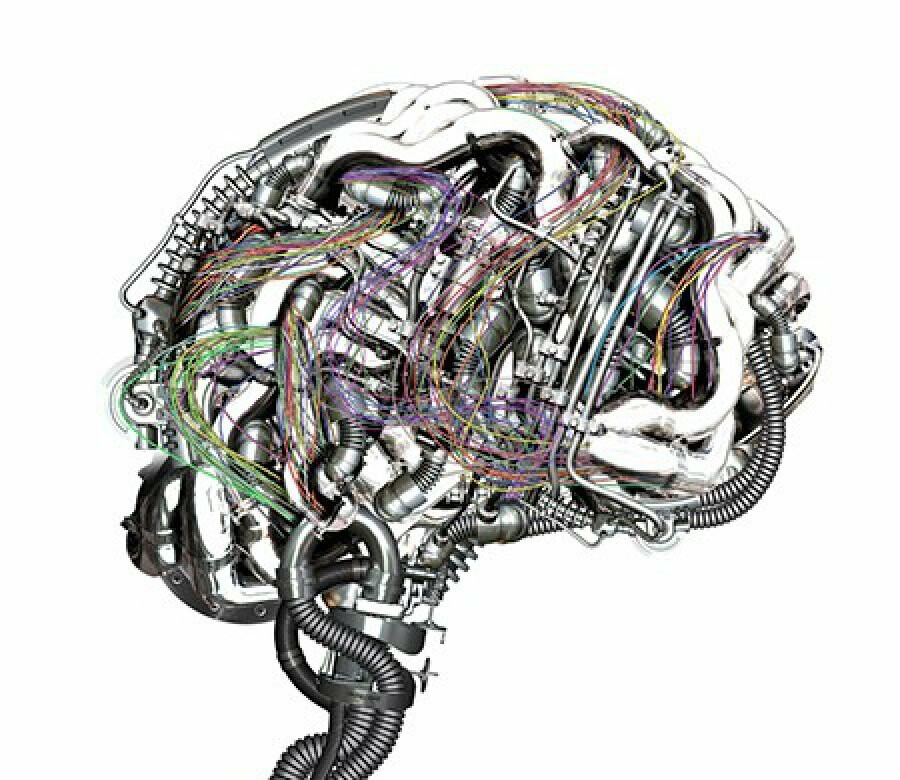24 Sep 2020 | Industry Insights
Digital Twin: The mind of a machine

The next largely unchartered territory for the property sector is that of Machine Learning and Artificial Intelligence.
Until now, buildings have not produced sufficient data to allow any data science to be of value. However, with IoT devices and connected digital twins the opportunity is a reality.
As the property sector data lakes grow over the years ahead, we will be able to learn from patterns in how we use buildings and how they perform. With this information, we can predict how spaces are used and how we can optimise their performance.
For example, we will be able to carry out predictive maintenance or reduce energy costs based on anticipated space utilisation.
The artificial intelligence develops as the data grows and patterns emerge:
1. See – updating and learning
2. Think – reasoning and optimising
3. Do – informing and acting
Within buildings this learning provides an increasing level of value:
Warning
An advance warning of a system failure (not a warning when it has failed).
Prediction
A prediction of how a system is going to operate and when parts need to be replaced.
Optimising
Using performance data to maximise life-cycle value and utilisation of resources.
The concept of Machine Learning and Artificial Intelligence is becoming increasingly common for consumers. For example, Tesla cars are continually gathering data which they learn from. The self driving mode for example predicts where a road accident may occur, or a child running on the road.
In buildings, scanners at the entrance to buildings are calculating how many people are entering it by analysing shapes rather than using cameras which have privacy issues.
Buildings already provide huge amounts of data which is not captured. For example, the access control system provides user information, the room booking systems identifies space utilisation whilst the CCTV can track people’s movement.
We are very much at the start of this journey in property, however the amount of information we are collecting is growing. Data scientists are beginning to become interested in how buildings operate and academics are starting to interrogate the data.
Much of the current thinking is at a single building level, however as more buildings become connected the data will grow. Connected buildings can then integrate with the smart city taking optimisation to the next level.
In the UK, the government are developing a national digital twin which is establishing standards so that information can be collected consistently over the next 30 years.
In an industry where we are still laying bricks and plastering walls, the reality of Machine Learning and Artificial Intelligence might seem a long way away. However, with the growth of data collection and digital twins, this may not be the case.
Related insights

Case Studies
Enhancing Healthcare Environments Through Intelligent Space Optimisation: Twinview at Eastbourne District General Hospital
East Sussex Healthcare NHS Trust is enhancing the way space is managed at Eastbourne District General Hospital with Twinview’s digital twin technology. By enabling real-time visibility of room occupancy and usage across clinical and office areas, Twinview provides a clear picture of how spaces perform throughout the day. Hospital teams can move from assumption-based planning to data-driven decision-making, improving scheduling, reducing downtime and making more flexible use of rooms. This smarter approach supports greater operational efficiency and helps ensure that every space is working to benefit both patients and staff.
Read more

Industry Insights
Data Centres: The Hidden Cost of the Cloud
As the cloud expands, so does its unseen demand for water. Data centres worldwide are consuming vast volumes to keep servers cool, creating growing environmental and reputational risks. This article explores how water is becoming the next frontier in data-centre sustainability, and how Twinview’s digital-twin technology is helping operators measure, manage and reduce their impact.
Read more

Industry Insights
Can Digital Twins Help Us Design Buildings That Bring People Together?
Loneliness is increasingly recognised as a public health issue, and the built environment has a role to play in addressing it. A well-designed building can meet every technical standard yet still leave people feeling isolated. Homes, workplaces, campuses and later-living communities often fall short not because they lack function, but because they lack connection. Architects and planners are beginning to ask a deeper question: how can buildings help people feel less alone? This isn’t about surveillance. It’s about feedback, helping designers and operators refine buildings after handover to better support wellbeing and social interaction. Technology won’t solve loneliness on its own, but used responsibly, digital twins like Twinview can guide the creation of buildings that feel more human.
Read more

